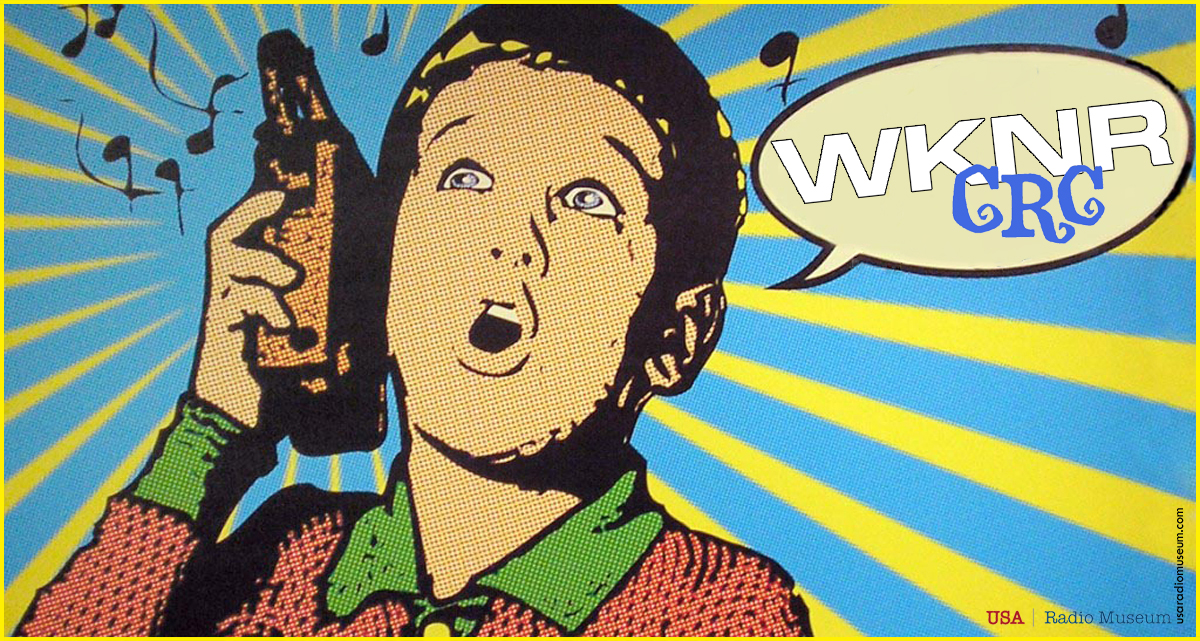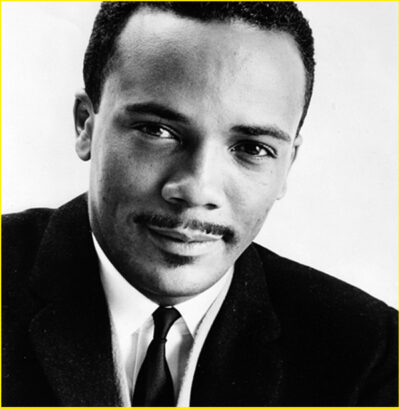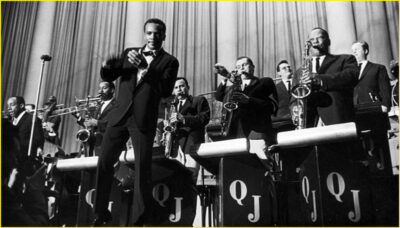Quincy Jones, CRC, and WKNR: The History Behind a Legendary Jingle Introduction Quincy Jones is widely celebrated for his groundbreaking
Quincy Jones, CRC, and WKNR: The History Behind a Legendary Jingle
Introduction
Quincy Jones is widely celebrated for his groundbreaking contributions to jazz, film scoring, and pop music. His work spans decades, shaping the careers of legendary artists and revolutionizing modern sound. However, one lesser-known chapter of his career involves his connection to Commercial Recording Corporation (CRC) in the mid-1960s, where he played a role in crafting jingles that helped define the branding of American radio stations.
During this time, CRC was a powerhouse in radio advertising and station identification, producing jingles that became embedded in listeners’ memories. Jones, at the peak of his early commercial success, collaborated with CRC to create the “Big Band Bit” jingle package, which became a hallmark for WKNR radio station. This partnership showcases his ability to blend musical artistry with the commercial demands of radio broadcasting.
Quincy Jones’ Work in Commercial Music (1964-1965)
By 1964, Quincy Jones had already established himself as a force in the music industry. At just 31 years old, he was named Vice President of Mercury Records, making history as the first African-American executive at a major record label. This new role gave him unprecedented influence over music production, allowing him to shape the sound of pop, jazz, and commercial projects.
Jones’ work during this period included:
- Film Scores: He composed the soundtrack for The Pawnbroker (1965), a groundbreaking film that blended jazz with cinematic storytelling.
- Jazz Albums: His album Quincy Plays for Pussycats (1965) showcased his versatility, merging jazz elements with pop arrangements.
- Pop Production: As a producer for Mercury Records, Jones played a key role in Lesley Gore’s biggest hits, including It’s My Party, Judy’s Turn to Cry, and You Don’t Own Me (1963-1965). His ability to craft commercial yet musically sophisticated arrangements helped Gore maintain success even amid the British Invasion.
Jones’ ability to blend jazz, pop, and commercial soundscapes made him an ideal contributor to CRC’s work in the radio jingle industry, where branding and musical sophistication were both key.
Commercial Recording Corporation (CRC) and Its Impact
Founded in 1955 by Tom Merriman, Commercial Recording Corporation (CRC) was a Dallas, Texas-based jingle production company and recording studio. Merriman, a pioneer in radio advertising music, helped shape CRC into a powerhouse of commercial sound. In 1959, John Coyle became a partner and later the majority owner, overseeing the company’s creative output and business operations.
CRC specialized in crafting memorable sound branding for radio stations, producing jingles that became synonymous with the golden era of broadcasting. Among its most notable projects was the “Big Band Bit” jingle package, orchestrated and conducted by Quincy Jones. This package introduced a consistent melody for WKNR radio station, in Dearborn (Detroit), Michigan, which remained in use, even sporadically, after the station incorporated their own packaged PAMS jingle series, beginning in the fall of 1965.
CRC ‘Big Band’ Bit | Quincy Jones | WKNR 1965-1966
Audio Digitally Enhanced by USA Radio Museum | A USARM Special Acknowledgment: This audio (combined and merged) is courtesy of KenR, and also courtesy of Norman Barrington, curator of Norman Barrington’s Radio Pages – The Jingle Archive (U.K.) website.
Jones brought his big-band jazz expertise to CRC’s jingles, infusing them with vibrant arrangements that stood out among radio advertising soundtracks. With polished production and commercial appeal, CRC’s jingle packages played a major role in how radio stations branded themselves throughout the 1960s.
Despite its success, CRC closed its doors in 1968, marking the end of an era in radio sound design. However, its influence—alongside Quincy Jones’ contributions—continues to resonate, as many of its signature jingles remain iconic relics of vintage broadcasting.
Legacy and Influence
Quincy Jones’ involvement with CRC jingles may not be as widely recognized as his contributions to jazz and pop, but it nonetheless played a role in shaping radio branding. His ability to craft engaging, memorable jingles helped set a new standard for radio station identity, blending musical sophistication with commercial appeal.
Meanwhile, CRC’s impact on radio sound branding remains an interesting piece of broadcasting history. The company’s jingles not only defined the sound of stations like WKNR but also demonstrated the power of well-crafted audio marketing. Though CRC closed its doors in 1968, its influence lingered for years and set a standard in the jingles trade during the ’60s decade.
Quincy Jones’ Passing and His Enduring Legacy
On November 3, 2024, Quincy Jones passed away at the age of 91 after battling pancreatic cancer. His extraordinary career spanned more than 70 years, earning him 28 Grammy Awards and shaping generations of musicians, producers, and composers. Even after his passing, his contributions to music—and even radio jingles—continue to inspire creators across multiple fields.
This online USA Radio Museum plays a crucial role in preserving these contributions, ensuring that the legacy of CRC and Quincy Jones’ involvement in radio jingles is remembered. By documenting this history, this museum helps future generations appreciate the artistry behind radio branding and advertising.
_____________________
A USARM Viewing Tip: On your mobile or tablet device? Finger-tap the above images inside the post and stretch image across your device’s screen for LARGEST digitized view.



